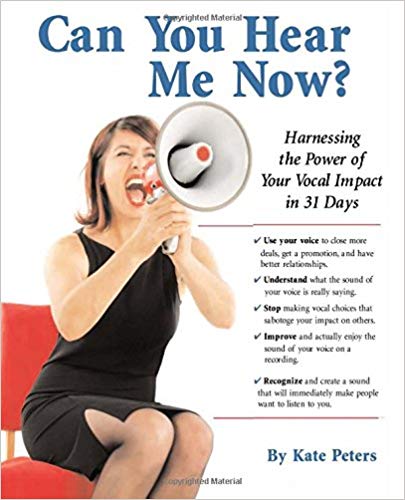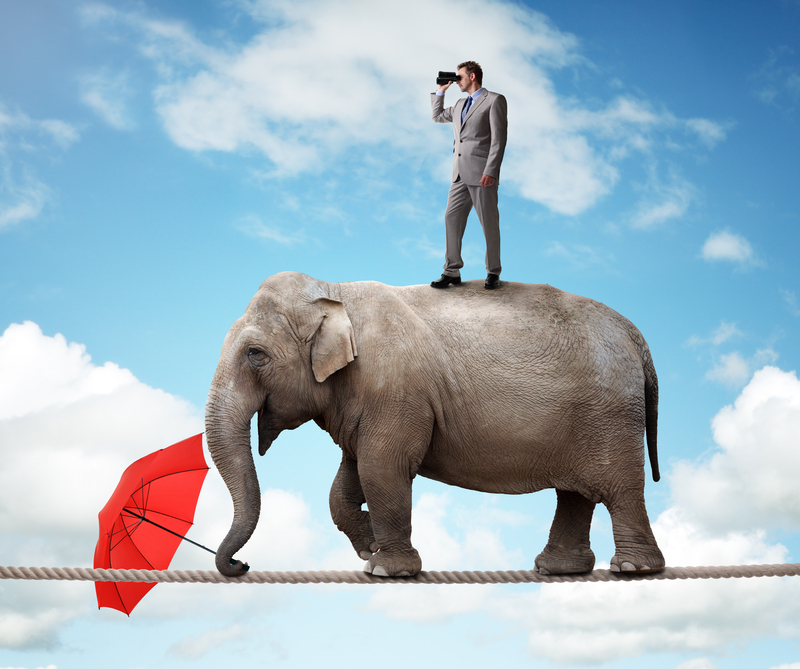The Promise of Empowerment
“The promise of empowerment with something we did not know before engages the potent desire within to learn and keeps us wanting to hear more.”
The curtain is about to go up. The theater goes dark, and the rumble of conversation gradually dies down as people adjust their positions in anticipation. Programs rustle, and there are a few whispers and a cough. Then silence. During those moments just before the play starts, our brains light up with anticipation, just as if we were offered a delicious piece of chocolate or about to receive a reward. We are excited, but mostly we are curious. We can’t wait to know what comes next.
What if people felt this same pleasurable excitement when you give a talk or a presentation? That delightful response can be activated within the first few minutes of a speech with something called an empowerment promise; it is a hint about what’s coming that promises the listener will learn something new, even something surprising or unexpected.
Curiosity is fundamental to being human.
Although different people are curious about different things and to different degrees, scientists have shown that our curiosity about learning something new is akin to the pleasurable curiosity we feel when the curtain is about to go up. This kind of wonder is called “epistemic curiosity.” It is associated with good feelings and positive neural responses, which is why it is such a great addition to the opening of a presentation. The promise of empowerment with something we did not know before engages the potent desire within to learn and keeps us wanting to hear more.
What does Aristotle have to do with it?
In a typical business presentation, we can blame less-than-compelling content squarely on Aristotle. He taught the now-infamous formula, “Tell them what you will tell them, tell them, and tell them what you told them.” To be fair, however, he did not mean that talks should be boring. Instead, his lesson uses structure and repetition to improve retention. Some say repeating a message three times is what we need. However, I learned that the “Rule of 7″ applies, but in a study by Microsoft investigating the optimal number of exposures required for audio messages, researchers concluded that between 6 and 20 was best. In that context, the number of repetitions necessary to tell them what you are telling them seems daunting.
But what if a statement engaging epistemic curiosity was the answer to both memory and engagement? After all, Aristotle also said, “Educating the mind without educating the heart is no education.” Thanks to brain research, we know that emotion and memory live in the same place in the human brain – the amygdala. If an audience is successfully engrossed in the opening through the promise of empowerment with fresh, captivating ideas, the speaker’s content is well on the way to being memorable. A delicious moment of heartfelt intrigue would probably even please Aristotle.
For more on this topic, please see our post How to design your talks to engage an audience without resorting to nudity.
Create a NICE opening and a RICH close
There are almost 10 million views of a lecture by MIT professor, Patrick Winston. The lecture is called “How to Speak.” In his lecture Winston talks about the empowerment promise.
Connect with us on LinkedIn
Connect with the author on LinkedIn
Photo 76895213 © Pop Nukoonrat | Dreamstime.com





